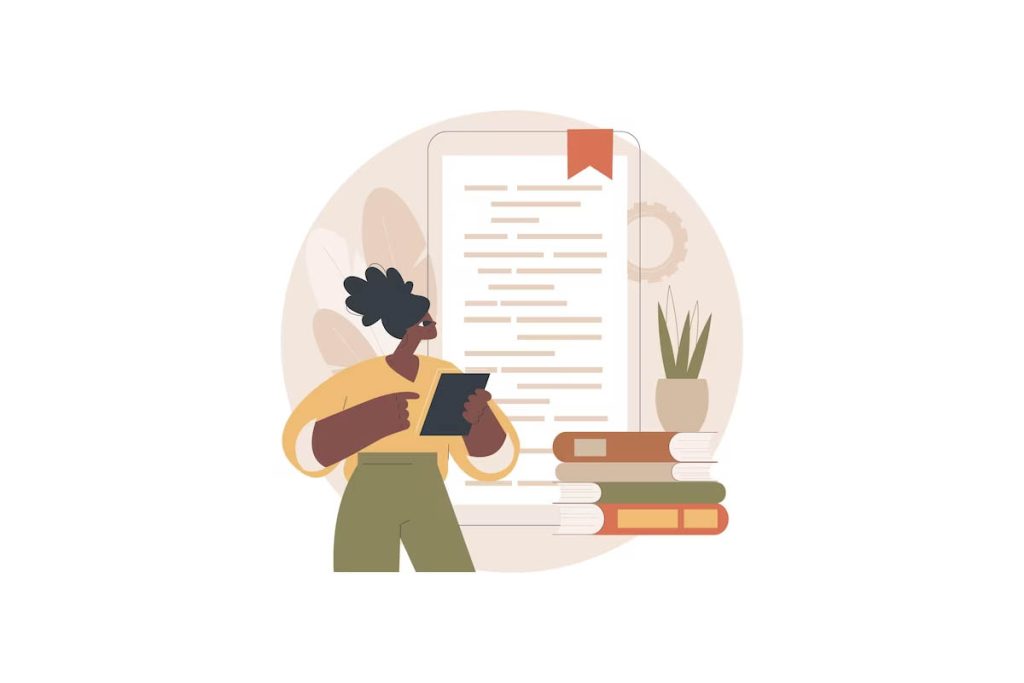Everybody has a tale to share and a purpose for delivering. The issue is getting that tale and message out of your thoughts and into paper in a way that your readers will comprehend. While presenting their thoughts, authors might employ a variety of essay formats. Depending on your resource and how they divide them, there might be four to eight or even more different essay styles. For that purpose, personal essays are most loved and used. Hence keep on reading this article to learn how to write a personal essay.
What is a Personal Essay?
Before we start learning how to write a personal essay, we need to understand what is a personal essay first. The personal essay is also known as a narrative essay. At its core, it is a form of nonfiction literature that presents a fascinating, thought-provoking, amusing, and/or hilarious tale for readers based on the author’s own experiences. Besides, the author can also choose to employ second-hand knowledge too.
Nonetheless, its main goal is to share a story with the readers. Besides, the writer needs to make sure that the story in a personal essay must be nonfiction. That means that your personal essay must be accurate. Otherwise, it would be a fictitious short narrative. To make these stories more intriguing or safeguard the identity of friends and family members, authors will take a poetic license to condense dates and dialogues and modify names or descriptions.
A personal essay should be 650 to 700 words long. This may seem excessive at first. However, you will be astonished at how fast you reach that limitation once you get started. Most of the students usually end up cutting their essays before delivering them. The word limit is unchangeable. Because some teachers will not allow you to submit an essay that is even one word longer than the word restriction.
How to Write a Profile Essay – Step-by-Step Guide
Personal Essay Structure
Deciding upon the structure or outline of your essay is one of the most critical phases in writing a personal essay at any level. Your outline will act as a guide for you. Therefore, you do not want to veer off the course. Hence, it is essential to grasp how to begin a personal essay, what to write in body paragraphs, and how to properly close it.
Introductory paragraph
In the introductory paragraph, begin your work with a statement about your story. But make sure that you are successful in grabbing the reader’s interest with a hook sentence. It might be a fitting phrase, definition, fact, or even a provocative inquiry. After a hook, give some background information. Remember that it should be brief and concise. Then, add your thesis statement to end the introductory paragraph.
Nevertheless, make sure that you do not leave your readers puzzled and answer the followings:
- What are the main characters of your story?
- When and where did the tale take place?
- What kind of tale it is?
Body Paragraph
In the body of your essay, you should incorporate evidence to back up your narrative essay’s thesis statement. It is often provided as a result of your experiences and comments on these occurrences. You should also provide a timeline in the body paragraph to ensure that the reader understands when and how each chapter occurred.
Concluding Paragraph
There is no doubt that the concluding paragraph should conclude the events and experiences recounted throughout the essay. While reading the personal essay, your readers should also learn a life lesson. Therefore, the concluding paragraph is an opportunity to demonstrate what you have learned from your experiences or how prior events have influenced your life.
How to Write a Personal Essay
A good personal essay can motivate readers to take action, for instance, it can provoke them to change something about their lives). It is basically a nonfiction story in which writers offer their own experiences, occurrences, insightful information, or lessons acquired by being in a difficult situation. So, keep on reading to learn how to write a personal essay.
Step 1: Figure Out a Compelling Topic

The first step in learning how to write a personal essay is to figure out what you want to write about. The finest essay topic ideas are frequently really relatable. Although the narrative is personal to the author, there is some solid fact that calls to us from beneath the surface. Therefore, subjects such as facing a fear, falling in love, conquering a hurdle, learning something new, or making a tough decision address feelings and events that everyone experiences.
Step 2: Begin with a Strong Hook

A hook is the first sentence of any essay also known as the opening sentence of an essay. The purpose of a hook is to grab the reader’s attention. A writer can do so either by asking an intriguing question, throwing a mind-blowing fact, sharing an anecdote, or some statistics.
All in all, whichever you choose, you have to make sure that you as the writer convince your reader that your personal essay is worthy of their time and attention.
Step 3: Create an Outline

Imagine someone has some solid points to shine through. However, he lacks management and a good outline to share his arguments with his potential readers. Therefore, it is very crucial to create an actionable outline to make sure that your reader gets your points.
So, you can use the above personal essay outline as a sample to create yours. It usually depends on a few factors such as the title, your teacher’s requirements, and word count to decide things like how many paragraphs your essay should have.
Step 4: Write the Personal Statement

when you decide on the structure of your essay, it is a good time to start writing your essay. Basically, close your eyes and write. Write whatever comes to your mind and do not stop until you are completely done writing your personal essay. Besides, do not worry about making any mistakes, including grammatical or spelling mistakes. You can recheck your essay later and correct them all. After all, in this stage of your writing, it is essential to put your ideas on paper first.
Step 5: Proofread

Now that you are done writing and you are done putting all your ideas on paper, it is a good time to review your paper and check if everything is on point. For instance, you can verify the facts, dates, and figures. Apart from that, you can also check if your paper is syntactically and semantically correct. This is an essential step to make sure that you are handing over a good personal paper to your teacher. Moreover, you can also use this time to check if you have fulfilled your teacher’s requirements too. If not, you still have time.

